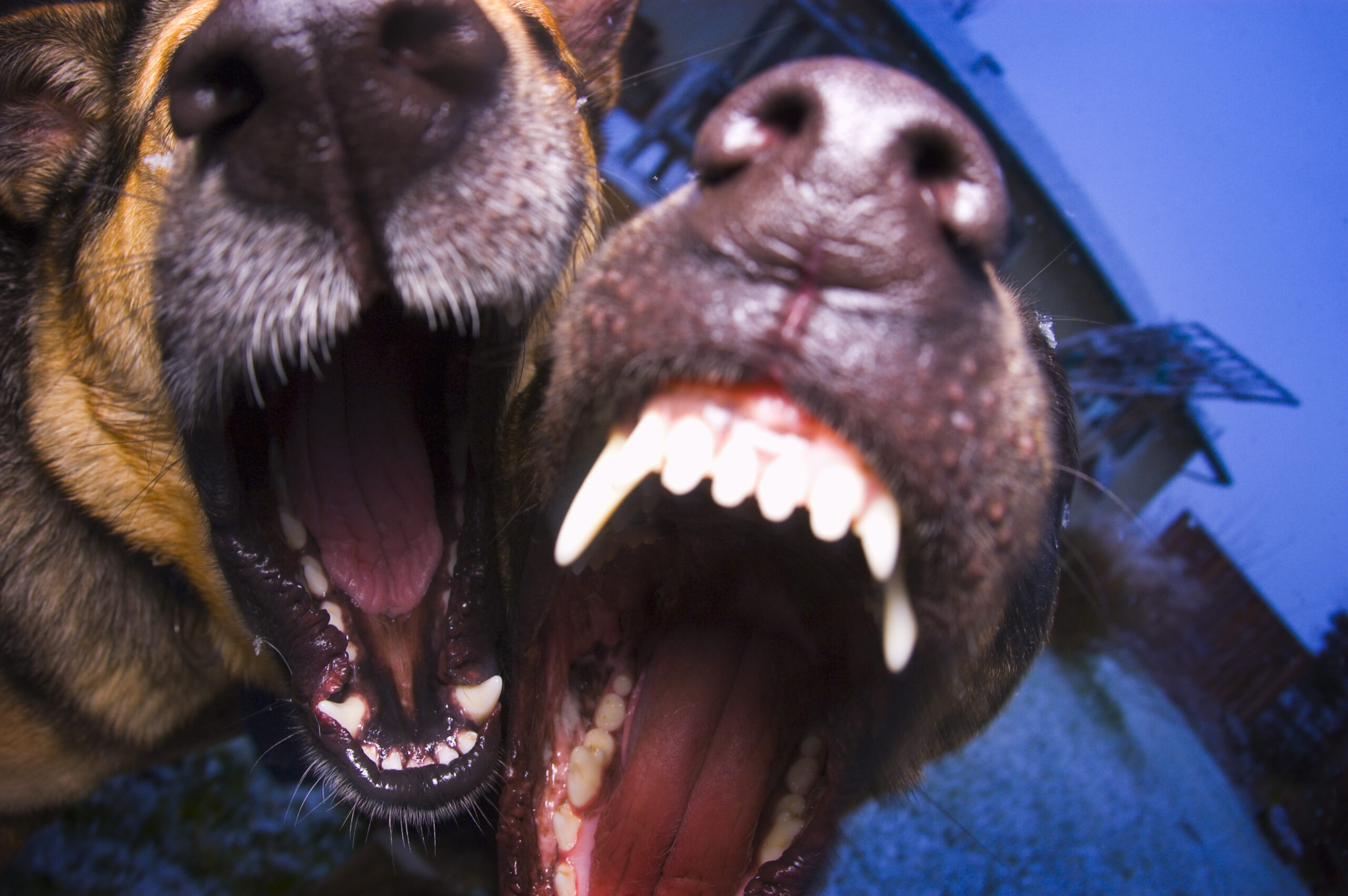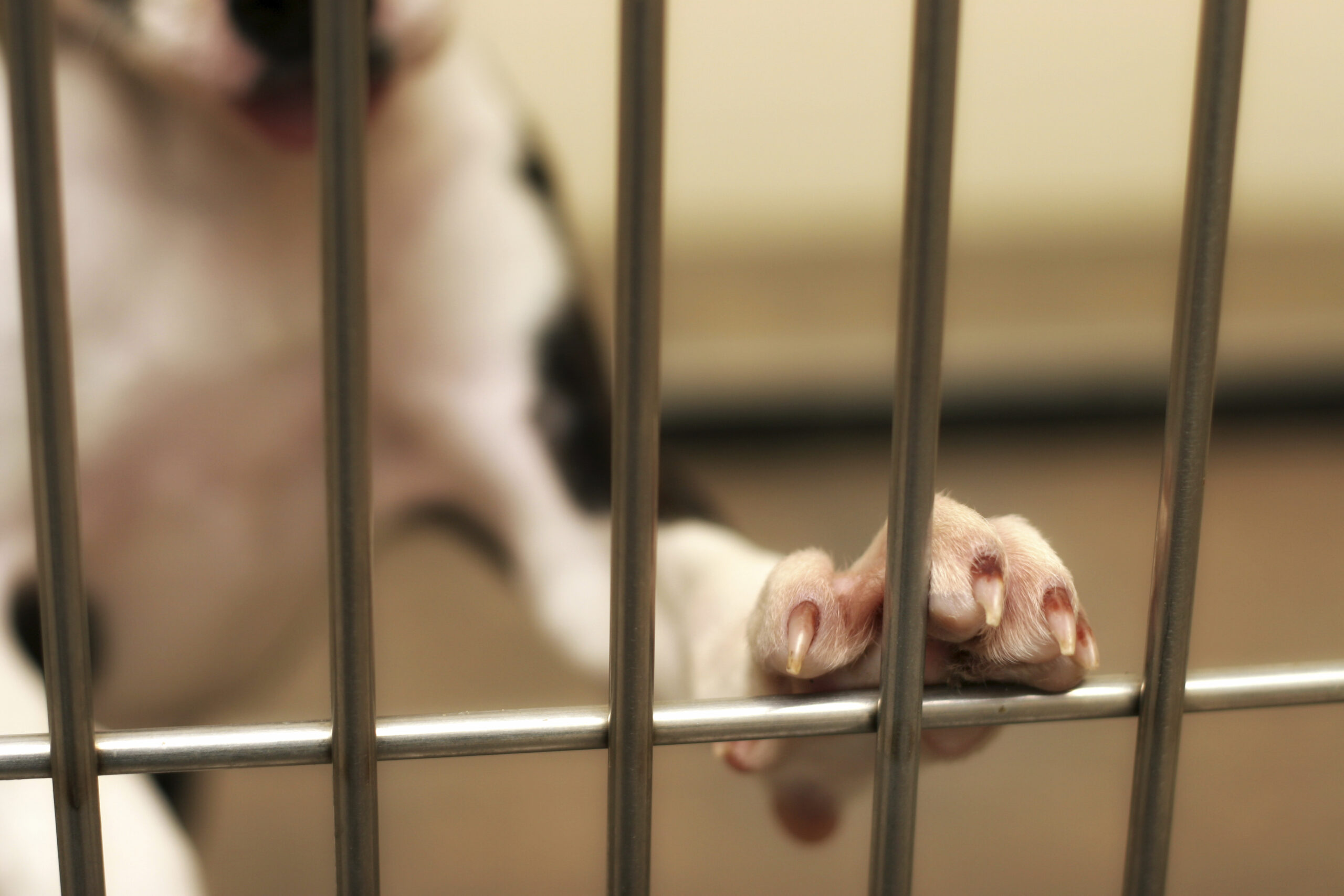It’s an issue that divides opinion. Some Kiwis believe ‘dangerous’ dog breeds should be banned, while others think the buck starts and stops with the owner.
But whoever is to blame for dog aggression, when you’re out and about and meeting new dogs for the first time, how can you ensure the safety of yourself and the animal?
We spoke to the CEO of Dog Guru, a company that specialises in dog behaviour and training, for his advice on staying safe.
How can you avoid antagonising a dog?
Simon Goodall says: “Many dogs will not attack without a reason. This reason however can vary from territorial aggression, prey aggression to the most common of fear aggression.
“If you see a dog coming towards you the worst thing you can do is run away or start to scream. This will make the dog fearful and may entice it to come closer to you and potentially attack you if it in any way feels threatened.”
It is also important to keep you body language and voice calm, which will help the dog feel relaxed.
What should you do if you are attacked?
If the dog does turn on you, one tip Simon suggests is to hold a bag at waist level out in front of you.
“This is something the dog is not expecting and will often move away from the situation,” he says.
Simon also recommends that if you can’t get immediately away from the situation, by leaving the room or crossing the street, you should turn side onto the dog.
“A person standing straight up and erect with an aggressive dog is seen as more of a threat than standing side on. You also have the advantage that if the dog were to attack there will be less damage to yourself.”
And if you feel you’re going to be bitten, you should do the following:
“Go completely against human nature and stand still as opposed to whacking or pushing the dog. A standard response for a dog that is attacking is usually a one off bite and it is the moving around by the person that creates the issue.”
Alexa Stubbington, owner of West Auckland-based dog walking and training business Woof Pack, says you should try to avoid “sudden movements” around dogs, or to run away if you feel an aggressive dog is in your vicinity.
She agrees that hitting is a bad move, and that using a blocker is usually an effective way to move the dog away. If however the dog does bite, you should hold out your arm to protect your face and neck.
If you were to end up on the floor, Simon suggests that assuming a tucked position and keeping calm should be enough to allow the dog to get bored and leave.
“Remember also that almost every dog you meet will be happy to walk past you without a seconds thought and it is the person’s fear that may change that,” he says.


